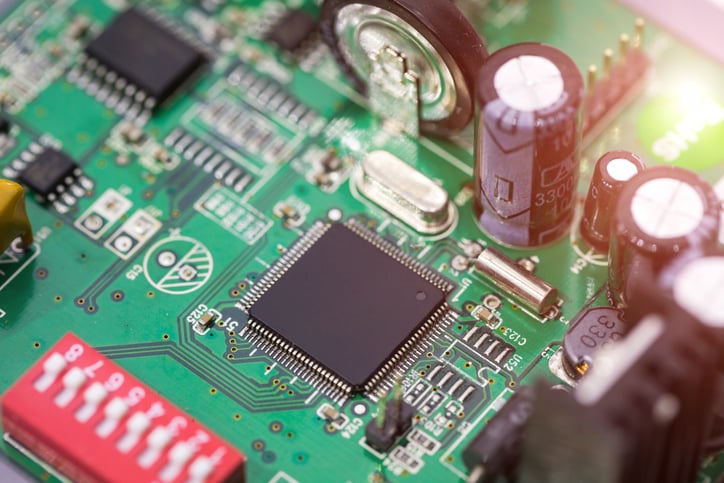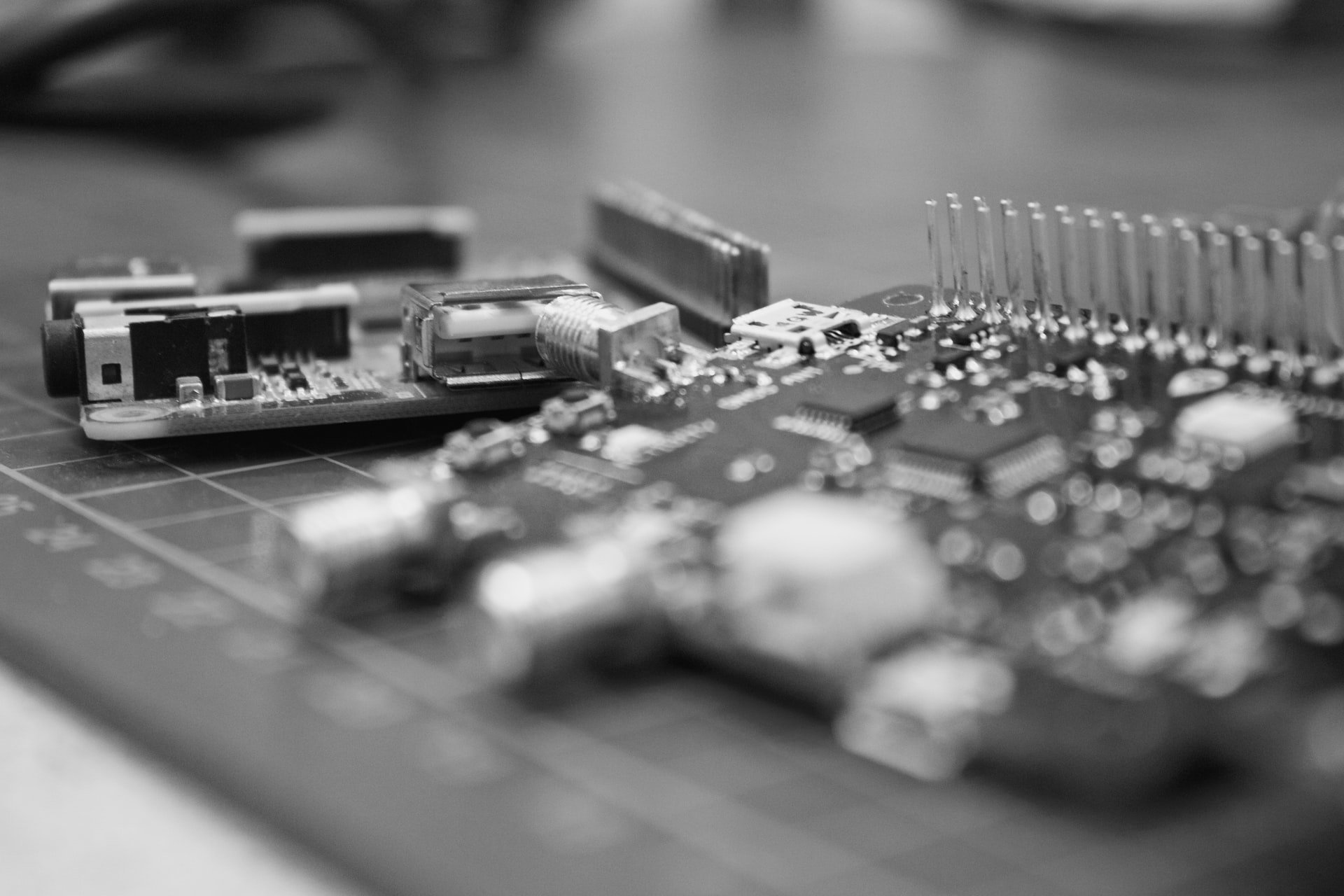6 Telecom PCB Design & Layout Considerations
Telecommunications PCBs (printed circuit boards) are a different breed. As you'd expect, you’ll need to reconsider everything you thought you knew...
4 min read
 Matric Group
:
Sep 10, 2021
Matric Group
:
Sep 10, 2021

Sometimes, even the best technology in the world isn’t the right fit for the job. Simply put, time and volume matter.
For example, PCB prototyping is a necessary step (whether you think you have the time or not) to ensure the final product will succeed. There's a lot of experimentation that occurs here. Multiple iterations of the design are fabricated on PCBs to achieve a perfected single function before moving to final production.
This is one reason additive manufacturing migrated to the world of electronics manufacturing. Additive manufacturing -- known more popularly as 3D printing -- has accelerated the growth of the fast PCB prototype service industry by creating an alternative to overseas and off-site fabrication of prototype boards.
Below we’ll discuss where 3D printing PCBs may be useful, and where you’re still better off with traditional PCB design.
Manufacturing Tomorrow has a great checklist for when to use additive manufacturing (or not) in parts production:
Additive manufacturing primarily exists in the electronics world for quick-turnaround PCB prototype assembly.
The second-most frequent reason we hear from buyers? Avoiding a high one-time tooling cost. OEMs that have a small order or prototype and don’t want to pay for tooling might opt for 3D printing over traditional PCB manufacturing. For example, if you only need a small, plastic piece for alignment of your assembly, there’s no point in paying for the cost of a mold.
Additive manufacturing involves making a three-dimensional physical object from a digital file. The creation of a 3D object is made possible by laying down progressive layers of material.
An object will start as a circuit design that's then converted into computer-aided design (CAD) files. These files are then converted into .stl (stereolithography) format. The printer can understand regular CAD files. This .stl format is used for 3D printing, computer-aided manufacturing, and rapid PCB prototyping.
There are two methods through which additive manufacturing is transforming how electronic design engineers do their jobs. They are:
In contrast, standard PCB manufacturing techniques are subtractive in nature. They employ chemicals and mechanical drills or etching lasers. Additive manufacturing, of course, does the opposite in that it builds from scratch.
When it comes to quick-turn PCB prototype assembly, additive manufacturing has a few advantages over traditional methods.
The obvious advantage is the manufacturing time saved. Whereas manufacturing complex PCBs takes several days or even weeks when using traditional PCB creation processes, in additive processes, this time can be reduced to hours.
Additive saves time in several innovative ways:
So now you know that additive is ideal for quick PCB prototyping. However, there are some more pros associated with 3D printing. They include:
Designers keen on the precise manufacture of their circuit designs are limited by traditional manufacturing techniques. They, therefore, have to compromise on their vision in multilayer PCBs, especially when it comes to things like trace design.
Additive manufacturing, on the other hand, breaks the shackles of planar design geometry.
Both individual PCBs and multiboard systems can be 3D printed in complex shapes and even in non-planar geometry -- including curves and varied thicknesses. The layer-by-layer printing process lets the PCB designer embed or mount components on the side of a non-planar substrate. It also allows unique interconnect vias:
Take sensors as an example of 3D printing’s design freedom. The ability to create customized surface topography lets you place components at an angle and include multiple functions in one sensor. The resulting improvement in design and performance may mean a complex project is best suited for 3D PCB printing.
As additive manufacturing can work with all levels of complexity, the prototype closely resembles the finished product at the end of the day. It’s easy to assess whether your product is ready for market -- or needs some fine-tuning.
Contractors who manufacture PCBs the standard way may also dabble in 3D printing. Having the capability on-hand helps them quickly create a small component for the customer or even streamline their internal processes (which also benefits the buyer in the end).
Test fitting is a great way to see if the inner workings of a project match the planned enclosure. Your traditional PCB manufacturer may be able to 3D print a board from your model to see how it physically fits in the enclosure box. This lets the engineers jump more quickly from one step of production to the next.
Other small-scale uses of 3D printing include brackets that hold sensors, and many other small components.
Manufacturers sometimes rely on 3D printing to create something small, yet flexible.
Traditional PCB design and layout remains the standard for orders that are:
Additive manufacturing circuit boards may be your answer if you have an unusually complex product with a high mix. Ideally, when it comes to 3D printing, your traditional PCB manufacturing partner can handle the small stuff and outsource any further necessary work to a trusted subcontractor.
Either way, keep in mind that both PCB design methods require serious expertise. The 3D printing your kid is doing at vo-tech classes isn’t on the same level as OEM PCB design.
Speaking of turnkey PCB manufacturing: Prototyping and testing is the gatekeeper to any successful project. For more tips on PCB prototyping and testing options and best practices, see our free e-book:

Telecommunications PCBs (printed circuit boards) are a different breed. As you'd expect, you’ll need to reconsider everything you thought you knew...

PCB (printed circuit board) costs are a concern for any electronics designers or manufacturers -- both the materials that go into PCBs and the...

Prototyping isn’t reserved for high-tech vehicles or revolutionary consumer gadgets. It’s also a great practice for manufacturing printed circuit...